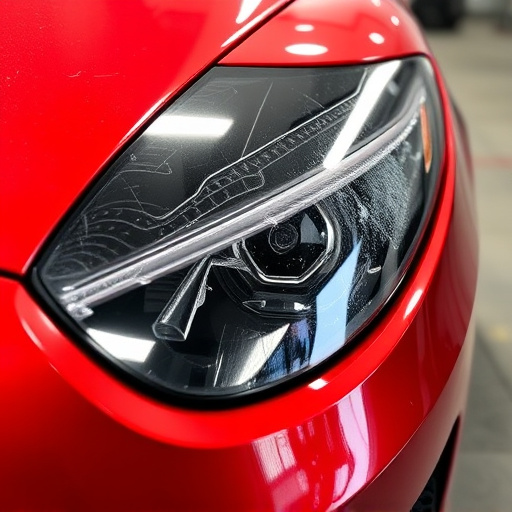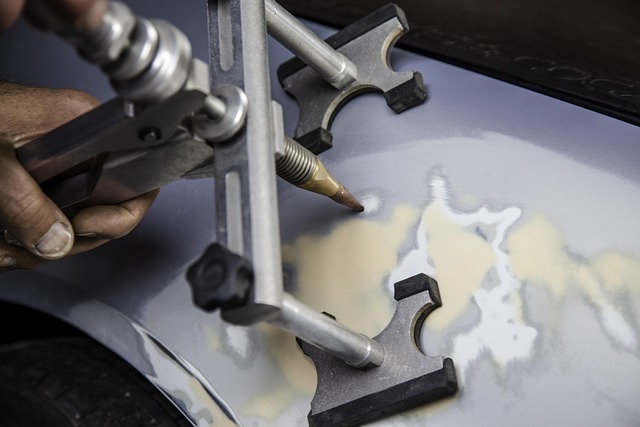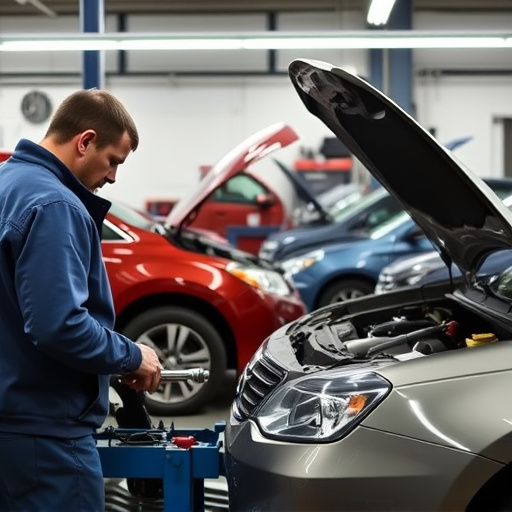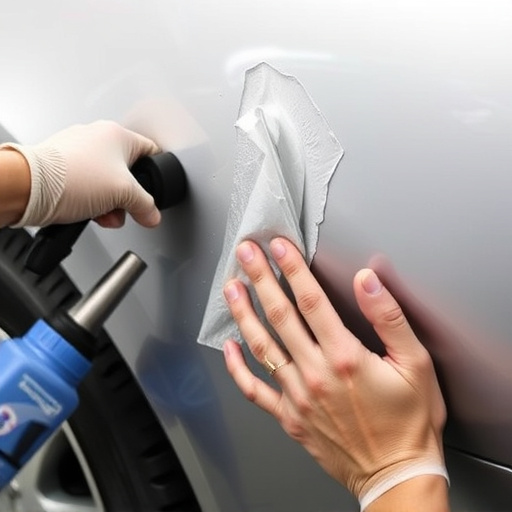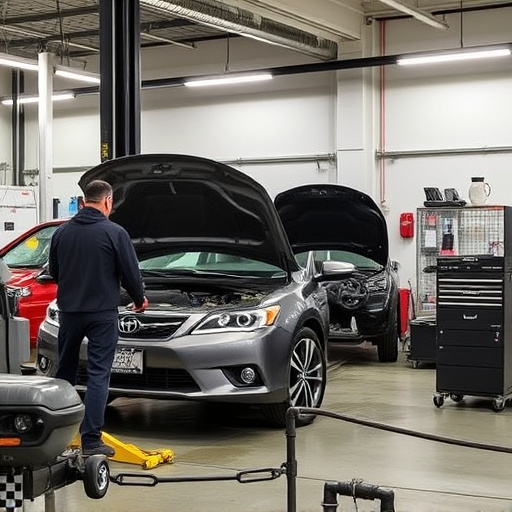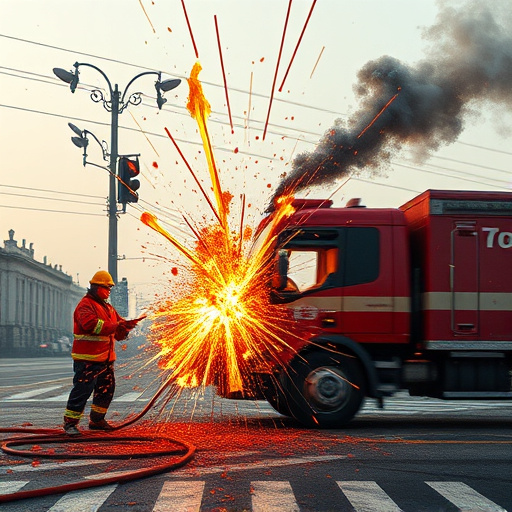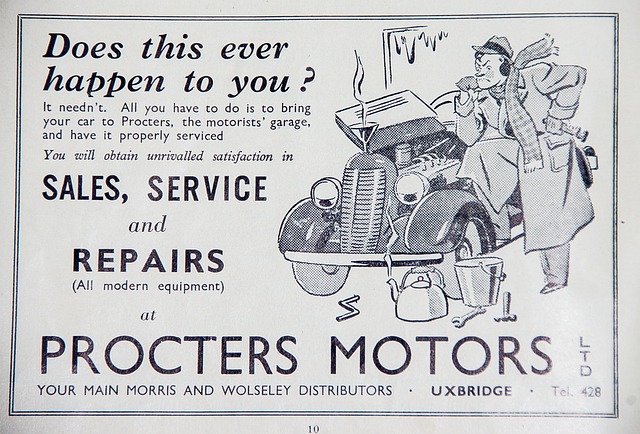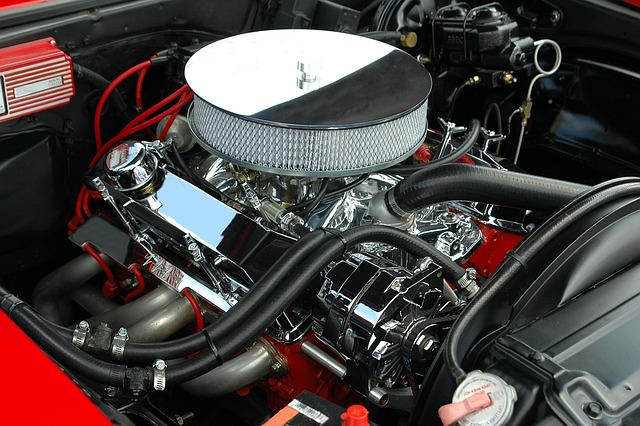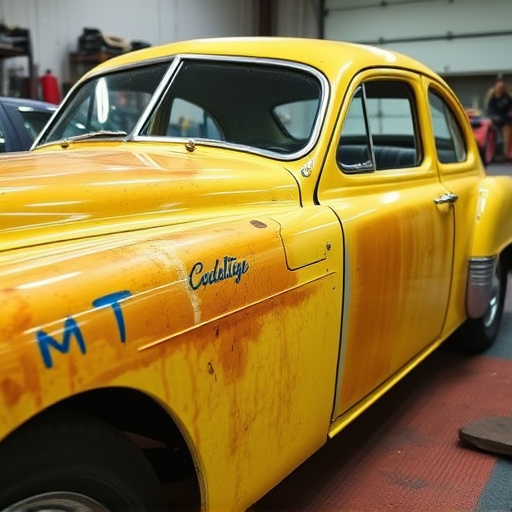Automotive refinishing restores or enhances vehicle surfaces, involving damage assessment, specialized repairs, priming, sanding, and matching original colors using advanced equipment and eco-friendly materials. Modern techniques like CAD and 3D printing enable seamless bodywork repairs, while composite materials and nanotechnology offer superior strength and durability. Best practices for long-lasting results include meticulous surface preparation, color matching, and regular inspections, as seen in top services like Mercedes Benz collision repair.
Discover the art and science of seamless automotive refinishing—a process that transforms damaged vehicles into like-new masterpieces. From understanding the fundamentals to exploring modern techniques, this guide reveals the secrets behind achieving flawless repairs. Learn about innovative approaches, best practices, and expert tips for long-lasting results. Master these techniques to enhance vehicle aesthetics and value through effective automotive refinishing.
- Understanding the Basics of Automotive Refinishing
- Modern Techniques for Seamless Repairs
- Best Practices to Achieve Long-Lasting Results
Understanding the Basics of Automotive Refinishing
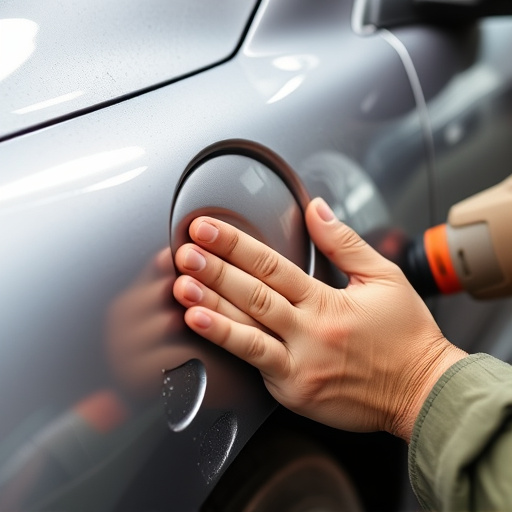
Automotive refinishing is a meticulous art that involves restoring damaged vehicle surfaces to their original condition or enhancing them for an improved look. It’s more than just painting; it encompasses various techniques to ensure seamless repairs, matching the car’s unique specifications and aesthetics. Understanding the fundamentals of automotive refinishing is key to achieving exceptional results.
This process begins with assessing the damage, which could range from minor dents and scratches to significant collision-related issues. Skilled technicians then employ techniques such as body filling, sanding, priming, and painting, carefully matching the existing color and finish. For instance, dent repair often involves using specialized tools to remove the damaged area, creating a smooth surface ready for refinishing. Many auto repair shops and collision centers now utilize advanced equipment and environmentally friendly materials, ensuring high-quality finishes that can rival the original factory work.
Modern Techniques for Seamless Repairs
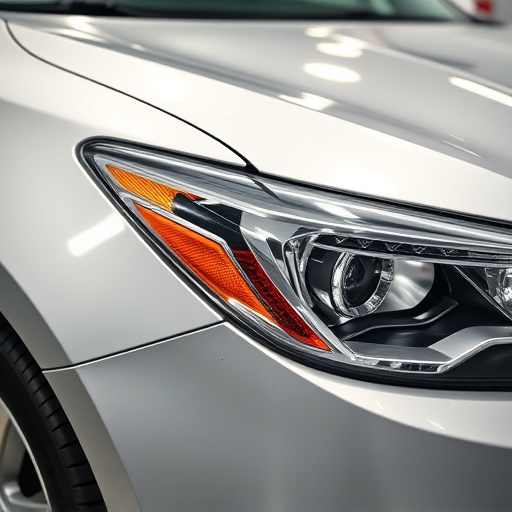
Modern automotive refinishing techniques have revolutionized the way repairs are handled, offering seamless and virtually invisible fixes for vehicle bodywork. One such technique is computer-aided design (CAD) and 3D printing, which allows for precise replication of original car parts. This technology ensures that every detail, from contours to paint finishes, matches the vehicle’s original specifications, making it ideal for complex repairs on luxury brands like Mercedes Benz collision repair services.
Another cutting-edge approach is the use of advanced composite materials and nanotechnology. These materials provide exceptional strength-to-weight ratios and superior durability, enabling faster drying times and more durable repairs. Nanotechnology also enhances the paint’s ability to resist chips, scratches, and fading, ensuring a longer-lasting and more aesthetically pleasing finish on automotive repair projects.
Best Practices to Achieve Long-Lasting Results
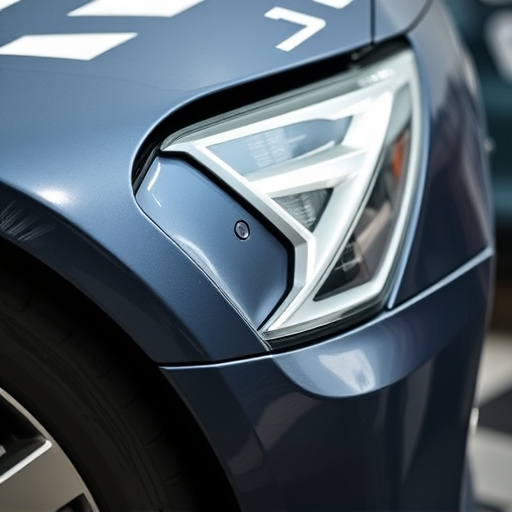
To achieve long-lasting results in automotive refinishing, adhering to best practices is paramount. This includes meticulous preparation of the car’s surface before applying any paint or coating. Removing all contaminants, rust, and old paint evenly ensures a smooth base for new finishes. Using appropriate tools and techniques, such as sandblasting or compound polishing, helps achieve a flawless surface ready for repair.
Additionally, selecting high-quality paints and coatings designed for automotive use is crucial. Matching the original factory finish precisely requires expert color matching skills and advanced equipment. After application, proper curing and drying times must be observed to avoid imperfections. Regular inspections during the refinishing process enable technicians to make adjustments in real time, ensuring a seamless repair that matches the quality of brand-new car bodywork, as seen in top-tier vehicle repair services like Mercedes Benz collision repair.
Automotive refinishing is an art that combines technical expertise and precision to restore vehicles to their former glory. By understanding the basics, adopting modern techniques, and adhering to best practices, professionals can achieve seamless repairs that last. Whether it’s a minor dent or significant damage, these advanced refinishing methods ensure a flawless finish, enhancing the vehicle’s aesthetics and resale value. With continuous innovation in automotive care, refinishing techniques continue to evolve, promising even better results in the future.


